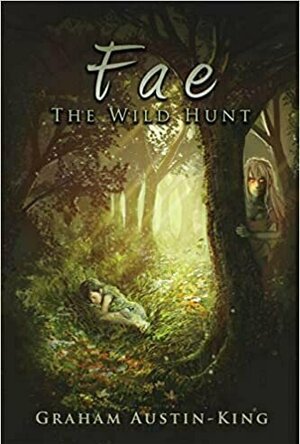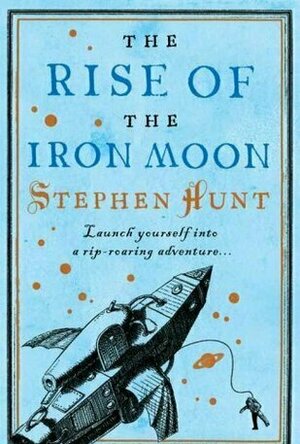
Amazing Grace: The Man Who Was W.G.
Book
On a sunny afternoon in May 1868, nineteen-year-old Gilbert Grace stood in a Wiltshire field,...
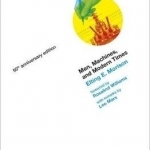
Men, Machines, and Modern Times
Elting E. Morison, Rosalind Williams and Leo Marx
Book
People have had trouble adapting to new technology ever since (perhaps) the inventor of the wheel...

Politics, Poetics, and Gender in Late Qing China: Xue Shaohui and the Era of Reform
Book
In 1898, Qing dynasty emperor Guangxu ordered a series of reforms to correct the political,...
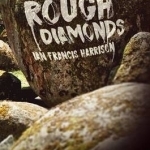
Rough Diamonds
Book
When Helen disappears after a violent domestic episode and Jim, her abusive alcoholic husband, is...
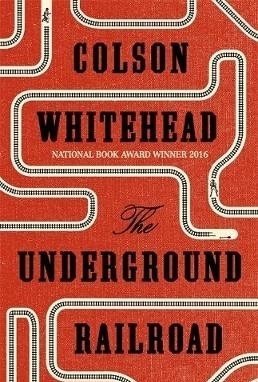
The Underground Railroad
Book
Cora is a slave on a cotton plantation in Georgia. All the slaves lead a hellish existence, but Cora...
Lyndsey Gollogly (2893 KP) rated Fae: The Wild Hunt (The Ryvern Wyrd Saga #1) in Books
Mar 18, 2021
Kindle
Fae: The Wild Hunt ( The Riven Wyrde saga book 1)
By Graham Austin-King
Once read a review will be written via Smashbomb and link posted in comments
Sometimes the faerie tales are a warning. Sometimes they are true.
The Fae were banished so long ago they have become a myth, but the ancient barriers are failing. They are returning, and vengeance is within their grasp.
Klöss wants nothing more than to pass the trials and join the ranks of the Bjornmen raiders, following in the footsteps of his forefathers. But times are changing in the Barren Isles. Coastal plunder is making way for outright conquest, and the threat of war is looming.
Found abandoned in the forest, Devin leads a simple life. But fate, it seems, has other plans.
As his sleepy village transforms in the face of foreign invaders, whispered rumours tell of creatures in the moonlight, shadowy figures with eyes of amber flame. The Fae were banished so long ago they have become a myth, but the ancient barriers are failing. They are returning, and vengeance is within their grasp.
As the first battles rage, only one man seems to know the truth about the Fae, but can Devin or Klöss convince anyone before it is too late?
It was ok a lot of character and world building with action towards the end. Some interesting characters I did get a little bit bored in some parts but I can see what is trying to be achieved so worth sticking with at the moment.
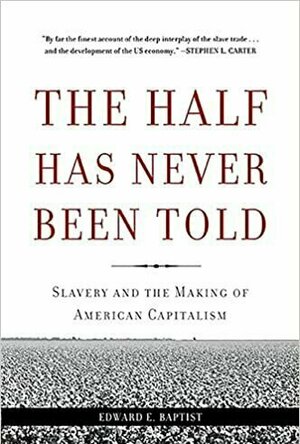
The Half Has Never Been Told
Book
Americans tend to cast slavery as a pre-modern institution--the nation's original sin, perhaps, but...
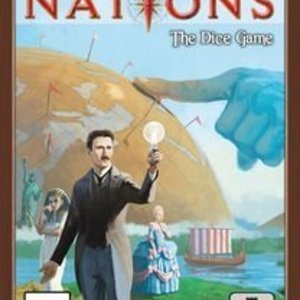
Nations: The Dice Game
Tabletop Game
From the humble beginnings of civilization through the historical ages of progress, mankind has...
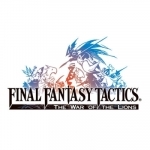
FINAL FANTASY TACTICS: THE WAR OF THE LIONS
Games and Entertainment
App
!!!IMPORTANT!!! Please note the following regarding the latest update: [iCloud Save Data...
Phil Leader (619 KP) rated The Rise of the Iron Moon (Jackelian #3) in Books
Nov 25, 2019
Although this is the third book of the series and there are plenty of references to events that must take place in the previous books, and despite the writing being immersive rather than explanatory, I found it easy to get into the story.
The world is very interesting. I have read other novels set in a faux Victorian Steampunk-like world but nothing like this. This is like an alternative history, extremely divergeant from ours but with enough similarities that the combination is quite striking.
For example there was a civil war in the past which parliament won, as in the 'real' British history. However all of the royals have been locked up ever since in the Royal Breeding House - kept as figureheads under constant house arrest and threat of execution at the whim of parliament to appease the masses.
There are also countries ruled by thinking, steam driven machines. Others beneath the waves or living strictly by some political principal.
However the world is under threat. All the countries are being slowly invaded from the North by a very aggressive foe. Under attack the land of Jackals itself calls on its heroes to save the day. Purity Blake, one of the inmates of the Royal Breeding House. Molly Templar, writer of penny dreadful science fiction stories and sometimes defender of the land. Coppertracks, a machine life steam man and scientist. Their companions must overcome impossible odds and put aside the enmity between nations to fight off the attackers. Against all the odds, can they succeed?
The book is a little slow to start up, as the characters are introduced in their diverse environments. But slowly the threads are drawn together and each play their part in the fight. And as they begin to weave into the plot the pace quickens. The story twists and turns, always astonishing in its concept and direction.
The outstanding part of this book is the imagination that has gone into it. Nearly everything is completely different from our world and yet it ties together convincingly into a land both of industry and grime, poverty and privilege but also of very real myth and legend.
The ending is a little bit Deus Ex Machina but really this fits in with the tone quite well and at least keeps the pace up in the final pages. There are enough wonderful and fantastic ideas let loose to wander around in this book for several novels.
Definitely a recommended book. I now need to search out the first book - The Court Of The Air - so I can find out what has happened to the characters before.
